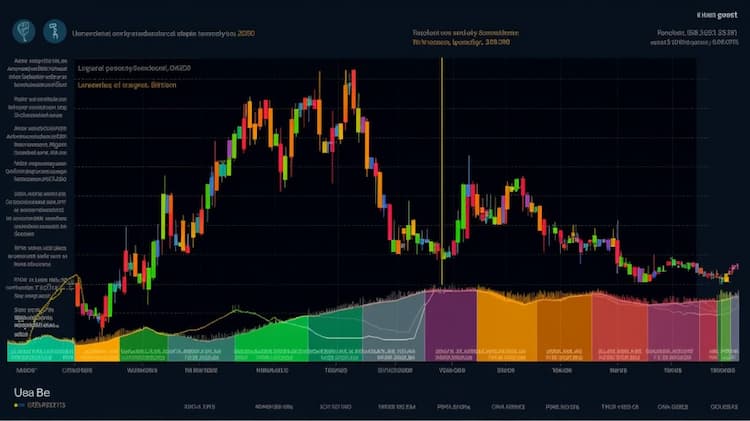
How does the XSOE ETF work?
When it comes to investing in today's financial markets, exchange-traded funds (ETFs) have become a popular choice for both novice and experienced investors. One such ETF that has been making waves in the finance world is the XSOE ETF. In this article, we will take a deep dive into the XSOE ETF, exploring its overview, underlying assets, benefits, and considerations before investing.
XSOE ETF: Overview
The XSOE ETF, formally known as the WisdomTree Emerging Markets ex-State-Owned Enterprises Fund, is designed to track the performance of emerging market companies that are not state-owned enterprises. This ETF provides investors with exposure to a basket of stocks from countries such as China, Taiwan, South Korea, and India, among others.
One of the key features of the XSOE ETF is its focus on companies that are not controlled by the government. This can be particularly appealing to investors who are looking for exposure to emerging markets while minimizing the risks associated with state-owned enterprises.
XSOE ETF: Underlying and Exposure: What Does It Track and How?
To understand how the XSOE ETF works, it's important to delve into its underlying assets and exposure strategy. The ETF aims to replicate the performance of the WisdomTree Emerging Markets ex-State-Owned Enterprises Index.
This index is constructed by selecting companies that meet specific criteria. First and foremost, the index only includes companies from emerging market countries. Second, it excludes state-owned enterprises, which are typically subject to government control and may not always act in the best interest of shareholders.
The XSOE ETF provides exposure to a diverse range of sectors, including technology, consumer discretionary, healthcare, and more. This diversity can help investors spread their risk across various industries within the emerging markets.
 XSOE overlap How does work the XSOE ETF?
XSOE overlap How does work the XSOE ETF?
XSOE ETF: Benefits of Investing
Investing in the XSOE ETF offers several benefits to investors who are looking to tap into the potential of emerging markets while managing risk:
Diversification: The ETF provides exposure to a broad range of emerging market stocks, reducing the risk associated with investing in individual companies or countries.
Exclusion of State-Owned Enterprises: By excluding state-owned enterprises, the XSOE ETF may offer more transparency and potentially reduce the risk of political interference in the companies it holds.
Growth Potential: Emerging markets have historically shown strong growth potential, and this ETF allows investors to participate in that growth story.
Liquidity: Being an ETF, XSOE offers liquidity, making it easy for investors to buy and sell shares on the stock exchange.
Lower Expenses: ETFs typically have lower expense ratios compared to actively managed funds, which can lead to cost savings for investors over the long term.
XSOE ETF: Considerations Before Investing
While the XSOE ETF presents several advantages, there are also some considerations to keep in mind before investing:
Volatility: Emerging markets can be more volatile than developed markets, so investors should be prepared for fluctuations in the value of their investments.
Currency Risk: Investing in foreign markets exposes investors to currency risk. Changes in exchange rates can impact the returns of the XSOE ETF.
Market Risk: Like all investments, the XSOE ETF is subject to general market risk. Economic downturns or global events can affect the performance of the ETF.
Research and Due Diligence: It's important for investors to research the underlying holdings of the ETF and understand the specific countries and sectors they are exposed to.
Long-Term Horizon: Emerging markets investments are often best suited for long-term investors who can withstand short-term market fluctuations.
Conclusion
In summary, the XSOE ETF provides investors with an opportunity to gain exposure to emerging markets while focusing on companies that are not state-owned enterprises. Its diversified portfolio, lower expenses, and growth potential make it an attractive option for those looking to expand their investment portfolio.
However, it's crucial for investors to carefully consider their risk tolerance and conduct thorough research before investing in the XSOE ETF or any other investment vehicle. While the potential rewards of investing in emerging markets are significant, so too are the associated risks.
In the ever-evolving world of finance, the XSOE ETF stands out as a unique offering for those seeking to tap into the dynamism of emerging markets while mitigating some of the associated risks.
Sources
WisdomTree: XSOE ETF Overview
Investopedia: Exchange-Traded Fund (ETF) Definition
WisdomTree: WisdomTree Emerging Markets ex-State-Owned Enterprises Index Methodology
XSOE ETF issuer
XSOE ETF official page
FAQ
What is the XSOE ETF?
The XSOE ETF is an exchange-traded fund that provides investors with exposure to a specific sector.
What is the underlying index that the XSOE ETF aims to track?
The XSOE ETF aims to track the performance of a specific index, which includes companies involved in its respective sector.
What types of companies are included in the XSOE ETF?
The XSOE ETF includes companies from its focused industry.
How does the XSOE ETF work?
The XSOE ETF functions by pooling investors' capital to purchase a diversified portfolio of sector-related stocks.
What are the advantages of investing in the XSOE ETF?
Investing in the XSOE ETF offers exposure to a specialized sector with potential for growth.





